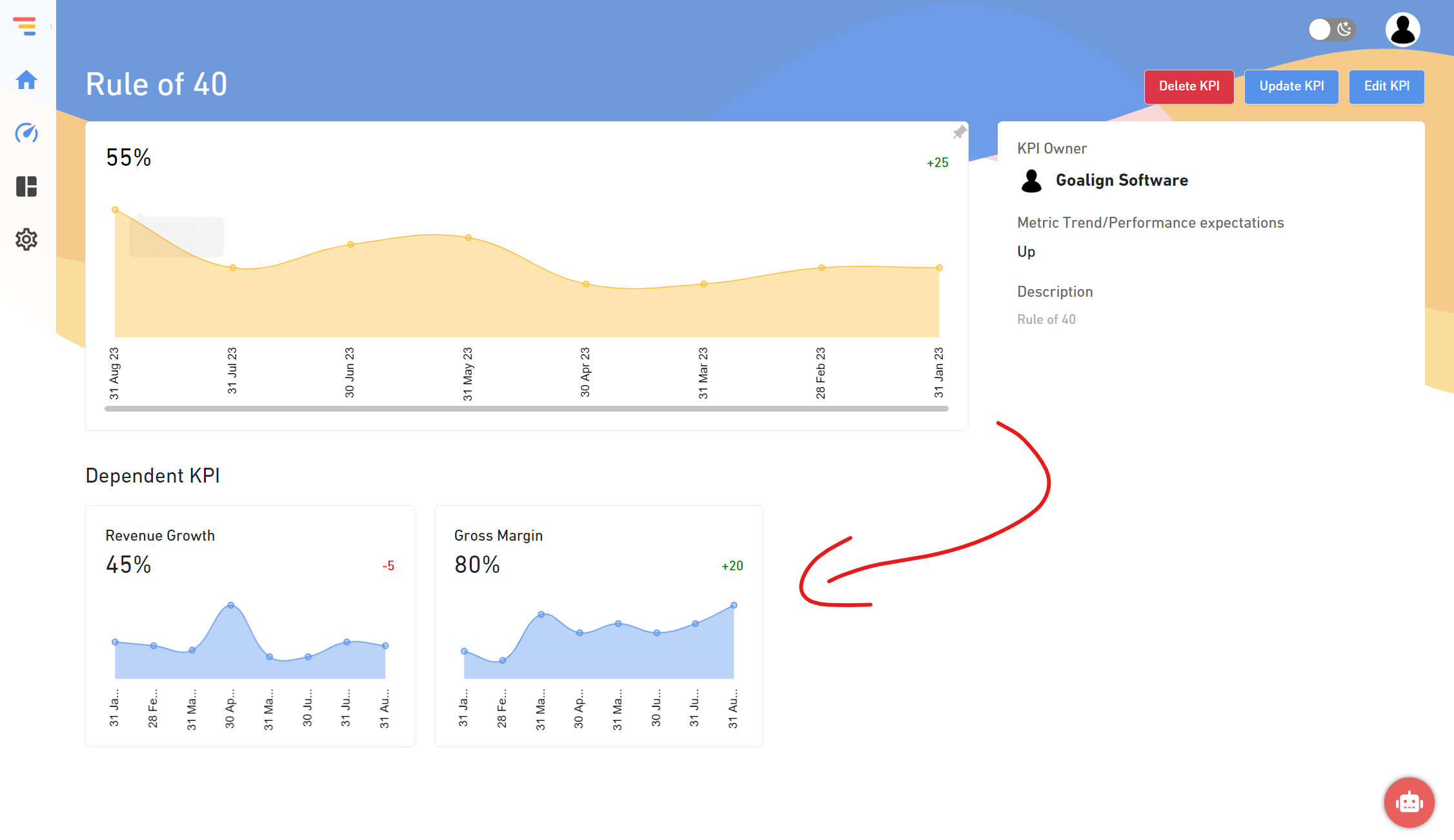How do you monitor manufacturing production? It’s a complex task. Manufacturers often need help with this due to the sheer number of production indicators they track. How do you choose which KPI production indicators to follow and when?
This is part of a blog series called “Measuring for Excellence,” in which we’ll look at the tactics and best practices that some of the most successful organizations use to create a culture of manufacturing excellence in their company. This involves developing outstanding organizational behaviours and practices, engaging staff, conducting regular production meetings, and concentrating on more than simply software.
What Is A Manufacturing KPI?
A manufacturing Key Performance Indicator (KPI) or metric is a well-defined and measurable indicator used by the manufacturing sector to assess its performance over time. Manufacturing businesses, in particular, employ KPIs to monitor, evaluate, and improve processes, often comparing their efficiency to rivals in the same industry.
This article will walk you through the 9 key manufacturing KPIs and indicators to use in your 2021 reporting, how they are calculated, and how you can utilize manufacturing industry reporting software to expedite your reporting process.
Why Should Your Company Use Manufacturing-Specific KPIs to Stay Competitive?
The manufacturing sector accounts for more than 10% of the US economy and more than 15% of the global GDP. In this intensely competitive market, production KPIs and measurements are the only way to remain ahead.
Everyone seeks to improve a company’s top line, attempting to win greater market share to boost earnings. While this is critical, what if you could increase your bottom line without taking on growth risks? This is where manufacturing industry KPIs come into play.
Top 9 Manufacturing Kpis for Tracking Operational Excellence
1. Prompt delivery
This KPI calculates the proportion of orders that are delivered on time. The measure is often tallied monthly for statistical significance, and 100% fulfilment should be the goal.
We’ve loved the statistic since we discovered it was the number one business aim of one of our finest clients, a big contract manufacturer. On the whiteboard in the CEO’s office, it was put first amid many other objectives and was circled for emphasis. This measure was the most important indicator of how efficiently activities were running.
2. Meeting Production Schedule
This KPI measures how often the production team reaches the goal level of output and is a crucial tool for setting performance standards, fine-tuning work order delivery time estimates and ensuring that performance concerns aren’t generating expensive delays.
For example, if a manufacturer merely measures On-Time Delivery, faults inside the manufacturing process may be disguised, and the change may go unreported. If recorded daily, production schedule attainment keeps the production team’s eyes on the goal and might later be altered to measure a degree of early delivery success. This is a critical KPI production objective.
3. Cycle Time Total
The total cycle time is when a client order starts and completes the full manufacturing process from start to end. It denotes the time necessary to turn raw materials into finished items from one end of the line to the other.
A cycle time KPI is the average of all cycle times for all orders over a certain period, and it is often determined using Machine Cycle Time. Machine cycle time, outlined in detail here, is at the heart of any plant performance production metrics.
This efficiency metric establishes the standard for a machine’s efficiency and enables real-time reporting on that machine’s performance (on the minute). Each device should have an Ideal Cycle Time based on the component being produced. Cell Cycle Time may be calculated as a collection of numerous cycles.
4. Throughput
While cycle time is the time it takes to travel between two sites, throughput should be checked in real-time since a drop in throughput typically indicates a problem on the line. By decreasing downtime, adjusting machines to operate at an appropriate cycle time, lowering the number of touches or stages in a cycle to eliminate shortstops, modifying the raw materials or tools necessary to create the item, and optimizing machine maintenance, throughput may be raised.
5. Utilization of Capacity
A machine can function at 100% capacity if it produces items in an optimal cycle time. When an engine runs slower or is idle, this percentage decreases, showing available capacity and slack in the system. This is an excellent KPI for determining the facility’s ability to grow production or use more agile work scheduling during production.
6. Transition Period
The time it takes to unload/load, retool, calibrate, and program a new task is called changeover time. Changeover is especially important when switching from one component to another before a production run. When viewed as a whole, this KPI may assist in determining which work types and pieces may need some setup time reduction if achievable.
Manufacturers may define overall cycle durations by component, fine-tune their estimations, and realize the need for greater operator training, improved planning, and proactive material prep by measuring change over time.
7. Yield
The yield KPI is a quality and performance metric crucial to production efficiency and profitability. It might be one of the most critical KPI production measures.
Measuring First Pass Yield (FPY) will determine which operations need significant re-work, which will affect throughput and total cycle durations, and offer a goal of 100% yield, which means no faulty components were created.
8. Scrap
Scrap is material that is wasted or rejected during the production process, and it may be measured in units or volume. Some companies measure scrap production metrics as faulty goods as scrap (trash), whilst others concentrate on the remaining raw material from a subtractive manufacturing process.
Tracking this manufacturing KPI, whatever your firm defines it, should be one of the first steps toward minimizing your material costs, boosting cycle times, and concentrating on creating higher-quality items. Scrap is simply money down the toilet until substantial quality improvements are made.
9. Maintenance Percentage Planned (PMP)
This KPI combines the proportion of scheduled maintenance vs planned maintenance and any emergency maintenance necessary to handle faults.
Manufacturers must use PMP to allocate resources properly for preventive maintenance. One rule of thumb created by proponents of preventative maintenance is 85% PMP, meaning an organization should aim to devote less than 15% of its maintenance time to emergency work orders.
Because emergency repairs may cost 3-9 times more than scheduled maintenance owing to overtime, hurried components, service call-outs, or cancelled output, this measure should be steady for manufacturers seeking uptime while attempting to reduce operating costs.
Conclusion
You may use this blog as a KPI in the manufacturing template, but remember that the manufacturing metrics you must follow may vary from those of others. Measure and monitor the key performance indicators (KPIs) for production metrics that are important to your firm.





